https://fsus.ncbg.unc.edu/main.php?pg=show-taxon-detail.php&lsid=urn:lsid:ncbg.unc.edu:taxon:{B4D78985-91B6-40D9-88CD-A93BD60D2A5B}

Origin/Endemic status: Endemic
Synonymy: = FNA20, K1, K3, Va, Nesom (1994a); = Aster grandiflorus L. – C, F, G, RAB, S, SE1, W; = Lasallea grandiflora (L.) Semple & Brouillet – Semple & Brouillet (1980a); = Virgulus grandiflorus (L.) Reveal & Keener
Heliophily: 8
Hover over a shape, letter, icon, or arrow on the map for definition or see the legend.
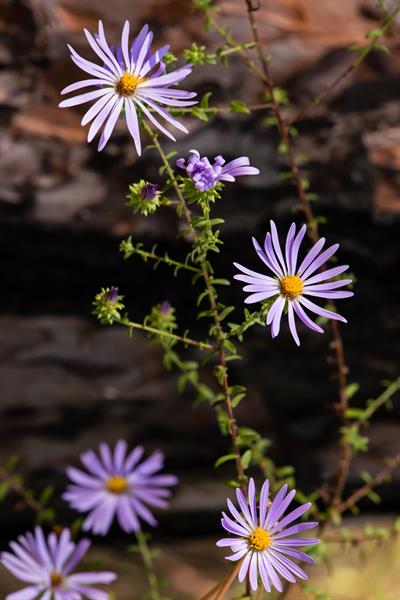 © Keith Bradley | Original Image ⭷
© Keith Bradley | Original Image ⭷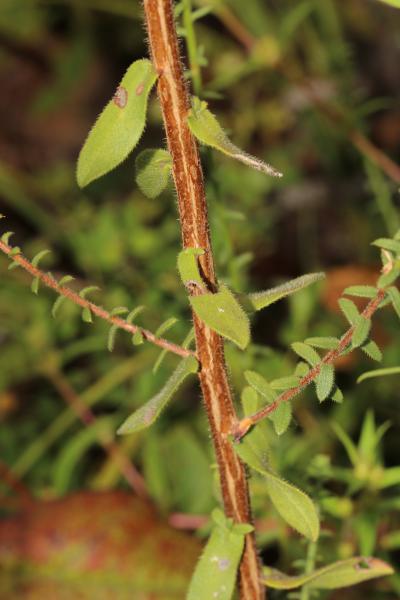 © Scott Ward | Original Image ⭷
© Scott Ward | Original Image ⭷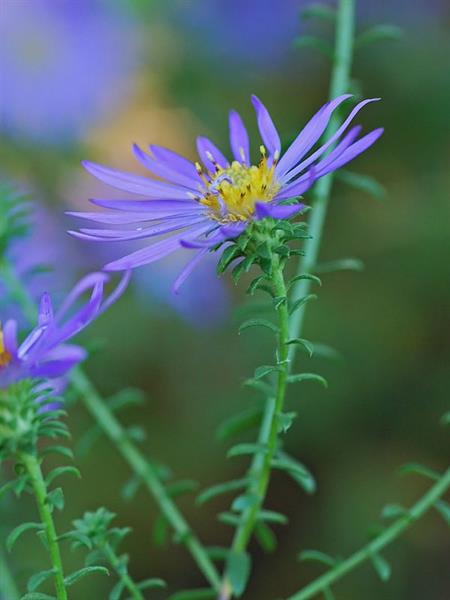 © Gary P. Fleming | Original Image ⭷
© Gary P. Fleming | Original Image ⭷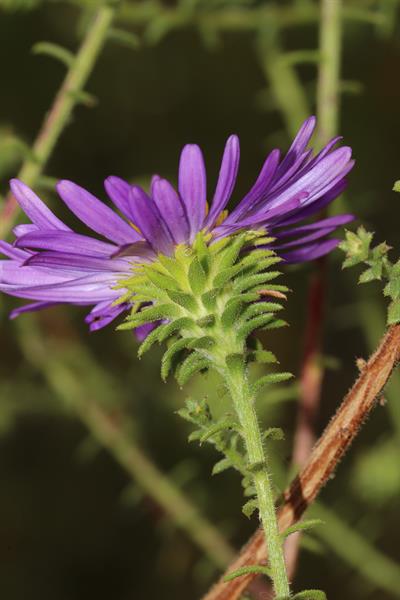 © Scott Ward | Original Image ⭷
© Scott Ward | Original Image ⭷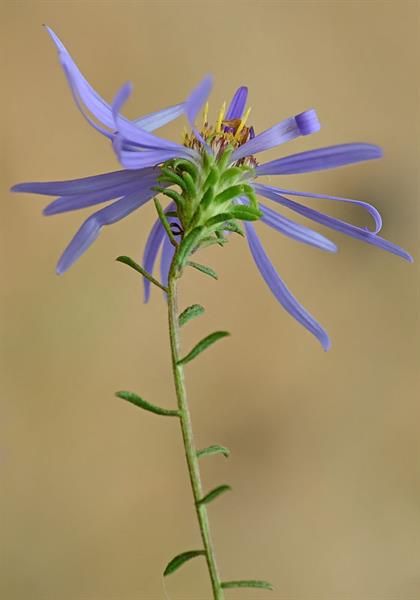 © Gary P. Fleming | Original Image ⭷
© Gary P. Fleming | Original Image ⭷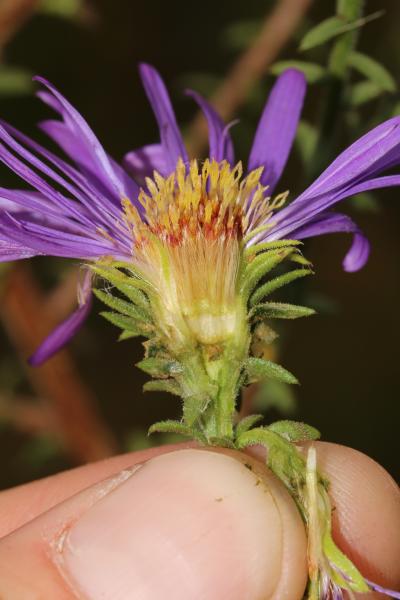 © Scott Ward | Original Image ⭷
© Scott Ward | Original Image ⭷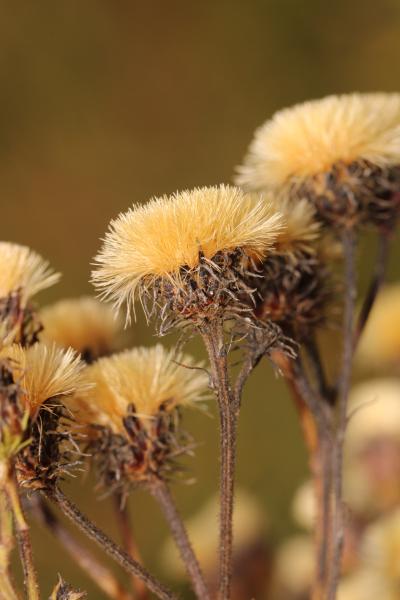 © Scott Ward | Original Image ⭷
© Scott Ward | Original Image ⭷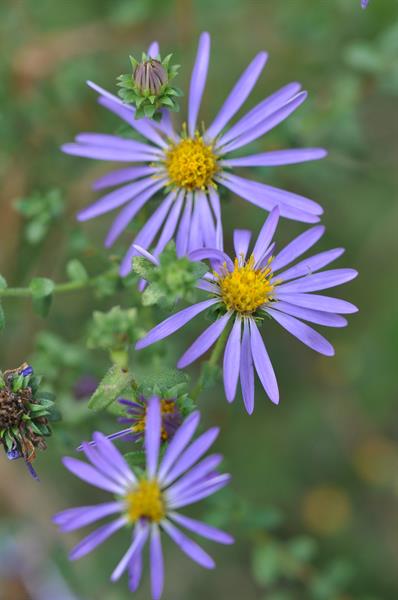 © Emily Oglesby | Original Image ⭷
© Emily Oglesby | Original Image ⭷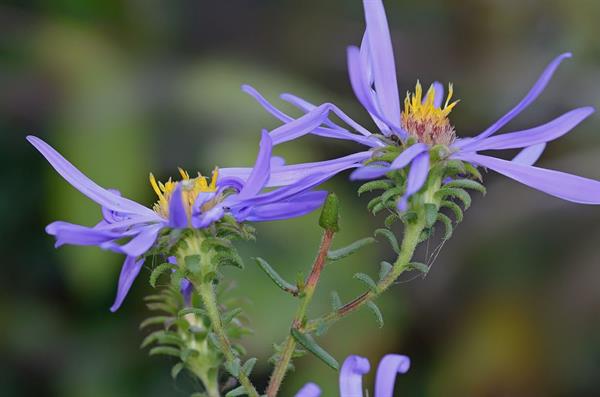 © Gary P. Fleming | Original Image ⭷
© Gary P. Fleming | Original Image ⭷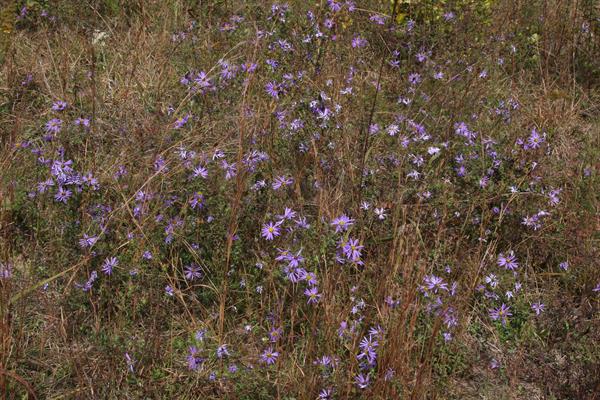 © Bruce A. Sorrie | Original Image ⭷
© Bruce A. Sorrie | Original Image ⭷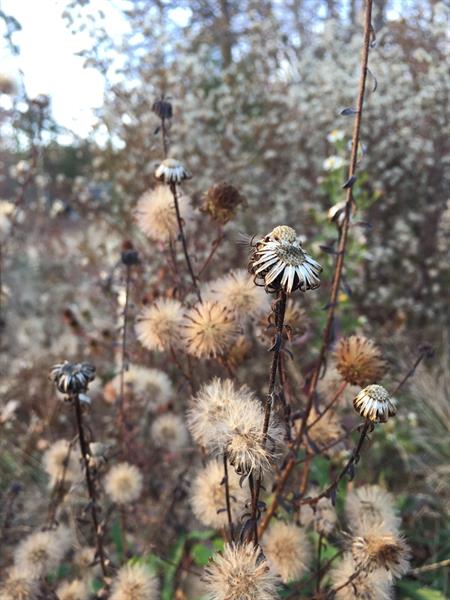 © Emily Oglesby | Original Image ⭷
© Emily Oglesby | Original Image ⭷Feedback
See something wrong or missing on about Symphyotrichum grandiflorum? Let us know here: (Please include your name and email if at all complicated so we can clarify if needed.)
Cite as...